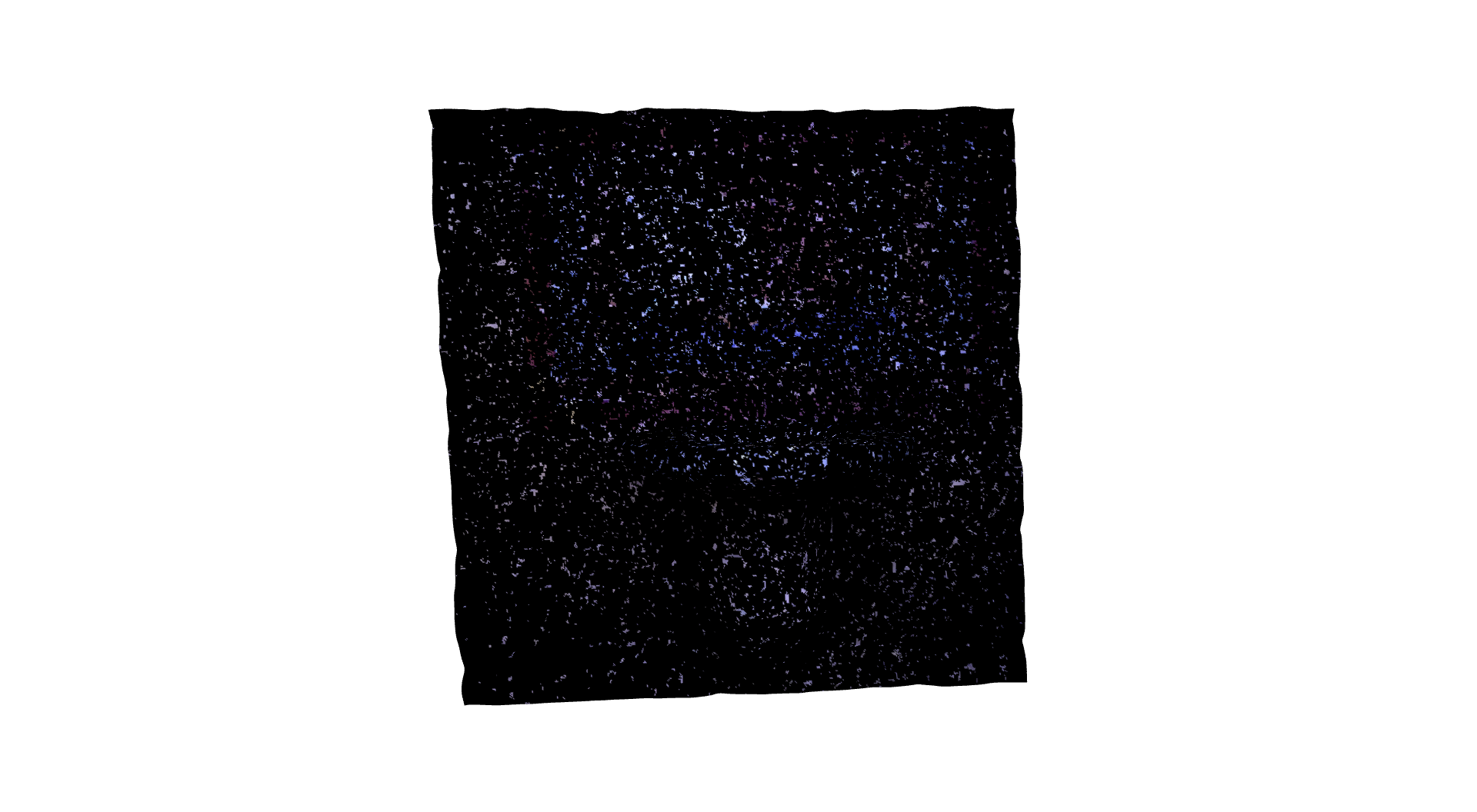Z buffering for Open3D colormap optimization
Currently, Open3D's colormap optimization determines vertex visibility by comparing rendered depth of that vertex with the depth at that point in the input RGB-D image.
This works fine if the depth map is not very noisy. But if the depth map comes
from a noisy sensor (e.g. Kinect), it creates problems. See this issue
and the texturing shown below, where artificial noise of 0 mean and 50mm
stdev was added to the depth maps
(data from the Open3D tutorial):
 (above: before optimization)
(above: before optimization)
 (above: after optimization)
(above: after optimization)
This repository uses Open3D's rendering to render clean depth maps and passes them to the colormap optimization process to solve this issue. This is equivalent to determining vertex visibility using Z-buffering, since Open3D rendering performs Z-buffering internally.
The texturing is much better if vertex visibility is determined using Z buffering:
 (above: before optimization)
(above: before optimization)
 (above: after optimization)
(above: after optimization)